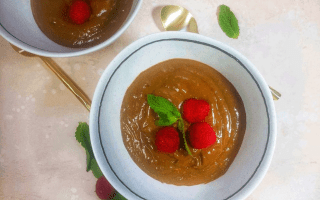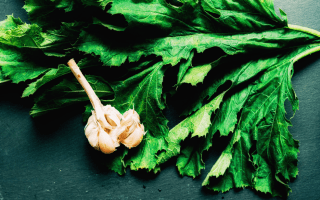True buttermilk is a by-product of butter. To make butter, the cream is churned to separate the fat solids from the liquid. The fat solids become butter, and what’s left is the liquid whey or buttermilk. Traditionally, this whey is allowed to ferment until it’s thickened and tastes sour. But these days, the buttermilk you usually purchase in stores is made from adding live cultures to milk. Modern store-bought buttermilk is thicker and sourer. When a recipe calls for buttermilk, this is what’s needed. However, keeping buttermilk in stock is a challenge because it’s not frequently required. It often expires before you get to use it. Here are some buttermilk substitutes that work.
In a pinch
You could quickly whip up a buttermilk substitute with just milk and an acid. Use the following proportions:
- 1 cup of whole milk or heavy cream mixed with 1 tablespoon freshly squeezed lemon juice or distilled white vinegar
Some better substitutes
More discerning palates would be able to taste the added acid, either the lemons or the vinegar. We turn to J. Kenji López-Alt, chief culinary consultant at Serious Eats, for some better substitutes. He is the author of the James Beard Award-winning cookbook, The Food Lab: Better Home Cooking through Science. In his book, he recommends the following substitutes:
- 2/3 cup yogurt whisked together with 1/3 cup milk
- 1/2 cup sour cream whisked together with 1/2 cup milk
- 1/2 cup crème fraîche whisked together with 1/2 cup milk
Depending on which ingredients you have on hand, any one of these substitutes can work. We’ve used them all at one time or another. Let us know if you have other buttermilk substitutes that work.
And, if making traditional cultured butter and buttermilk is something you’d like to try, Southern Living has a recipe. Homemade butter and buttermilk taste different and are worth the extra effort.







